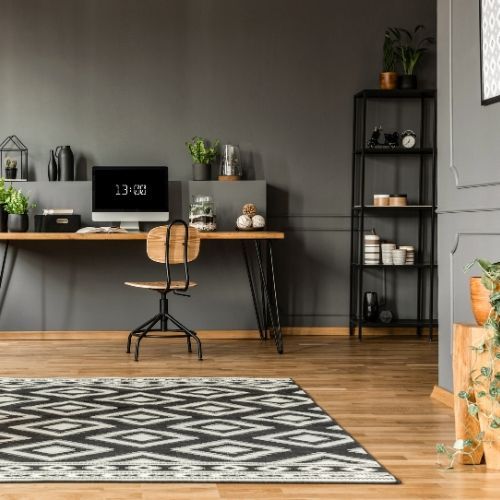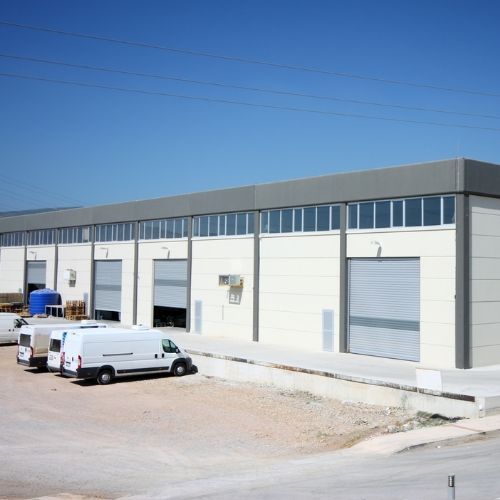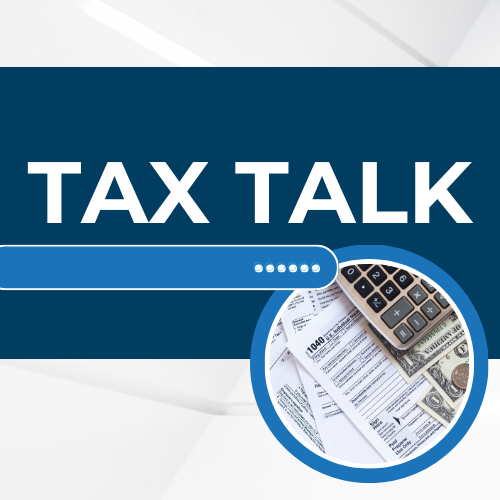July 2023 Newsletter
July 2023 Newsletter

For small business owners, reducing expenses and maximizing deductions are crucial for maintaining profitability. One valuable deduction that entrepreneurs should be aware of is the home office deduction.
If you're an entrepreneur or small business owner, you almost certainly work from home, so why not make those expenses work in your favor? This deduction allows business owners to claim a portion of their home expenses as business-related expenses, ultimately reducing their taxable income.
The home office deduction is available to small business owners who use a part of their home exclusively and regularly for business purposes. To qualify for this deduction, the space should be the principal place of business or used for meeting clients, customers, or patients. It's important to note that the home office can be a separate room or a designated area within a room, as long as it meets the exclusive and regular use requirements.
Think about it this way: you probably do a lot of work from home already. Why not set up an office space where you can do your Zoom meetings, invoicing, estimating, and all the other administrative tasks that go along with running your business? Remember that the requirement is that your home office is your principal place of business, not your principal workplace.
There are two methods for calculating the home office deduction: the simplified method and the regular method.
- Simplified Method: The simplified method offers a straightforward way to claim the home office deduction. Under this method, small business owners can deduct $5 per square foot of the home office space, up to a maximum of 300 square feet. This method eliminates the need for complex calculations and record-keeping, making it ideal for those who prefer simplicity.
- Regular Method: The regular method requires meticulous record-keeping but may yield a higher deduction in some cases. It involves calculating the actual expenses related to the home office, such as mortgage interest, rent, utilities, insurance, and repairs. These expenses are then allocated based on the percentage of the home used for business. For example, if the home office represents 10% of the total square footage, 10% of the expenses can be claimed as a deduction.
What can be included with the home office deduction? You can also deduct the "home office percentage" of your household expenses such as:
- Utilities
- Rent or Mortgage Interest
- Mortgage Interest
- Property Tax
Don't forget to also include business expenses that make your home office functional:
- Repairs, maintenance, renovations, and upgrades to your home office:
painting - new flooring
- lighting and electrical upgrades
- installing cabinetry or shelving
- Office furniture, supplies, and furnishings such as:
- Pens, paper, staplers, etc.
- Desks, chairs, tables
- Work bench or work stations
- Secured filing cabinets
- Technology and software
Having a home office is just a small part of the proactive tax planning equation. As always, be sure to discuss these and other tax tips with your tax professional.
Interested in hearing more? Or have ideas of your own? We'd love to hear them!
Does the IRS owe YOU money?
If you're a small business owner, you've probably been inundated with calls, emails, and mailers from random fly by night companies claiming you qualify for the payroll tax credit called the "ERC" or Employee Retention Tax Credit.
The truth is that this is a real refundable payroll tax credit that was created in response to the COVID-19 pandemic. It was designed to encourage employers to keep their employees on payroll during economic hardship caused by government mandated shut-down orders, supply chain issues, and the decline in revenue felt by a lot of businesses in 2020 and 2021.
It's important to note that despite what these advertisements claim, not every business will qualify. The IRS has strict guidelines on what the qualifying factors are, and they are very diligent in auditing and denying egregious claims. However, even with these strict rules, the IRS has admitted that up to 80% of small businesses (with employees in 2020 and 2021) will qualify.
Here are the basics:
You must have had employees in 2020 and 2021. Employees that own 50% or more of the business do not qualify.
You may be eligible for a payroll tax credit of up to $26,000 per employee.
The application of the credit is to amend the payroll tax returns (941-X). The business will also need to amend the tax returns for the years the credit is applied, and thus the business owners will also potentially have to amend their personal tax returns.
There are three ways to qualify:
- Decline in gross receipts (on a quarterly basis, by more than 50 percent in 2020 compared with 2019, and by more than 20 percent in 2021 compared with 2019)
- A COVID-19 government order that caused a full or partial shutdown (think physical space) or a nominal effect (think modification of activity).
- Be a startup business that began/opened after Feb 15, 2020 and have less than $1 million in revenue.
We've dedicated a significant chunk of our continuing education and research hours to learn the ins and outs of this credit (and the steps and processes that go into it) so that we can help small businesses through the maze that is the IRS. Our firm has already helped a few local businesses apply for and receive their credits. We'd be happy to review yours to find out if you qualify!
Contact our office to discuss the ERTC.
Every month we put the spotlight on another local business.
This month we're featuring:
Ryan Schwartz, with Schwartz & Sons!
What do you do?
Schwartz and Sons is a painting and drywall contractor, servicing commercial and residential clients on interior and exterior projects.
What is your specialty and who do you help?
Our painters have a thorough understanding of many types of paint and the properties of those types. They understand how paint works with a variety of substrates. We value your trust and safety, which is why our painters are carefully chosen and vetted. At Schwartz and Sons, we serve the entire Twin Cities metro area.
What is the best way to reach you to get started?
You can give us a call at 763-296-2125 or check out our website for more information at www.schwartzandsons.com
What do you do when you're not working?
I spend a lot of time outdoors. I love hiking, fishing, camping, and travel.















